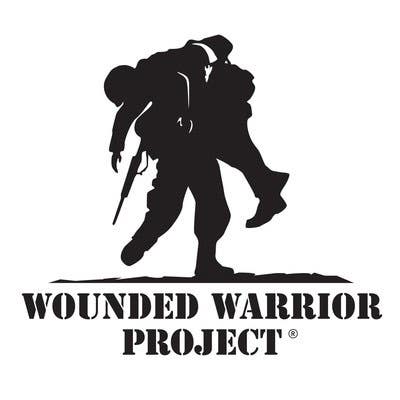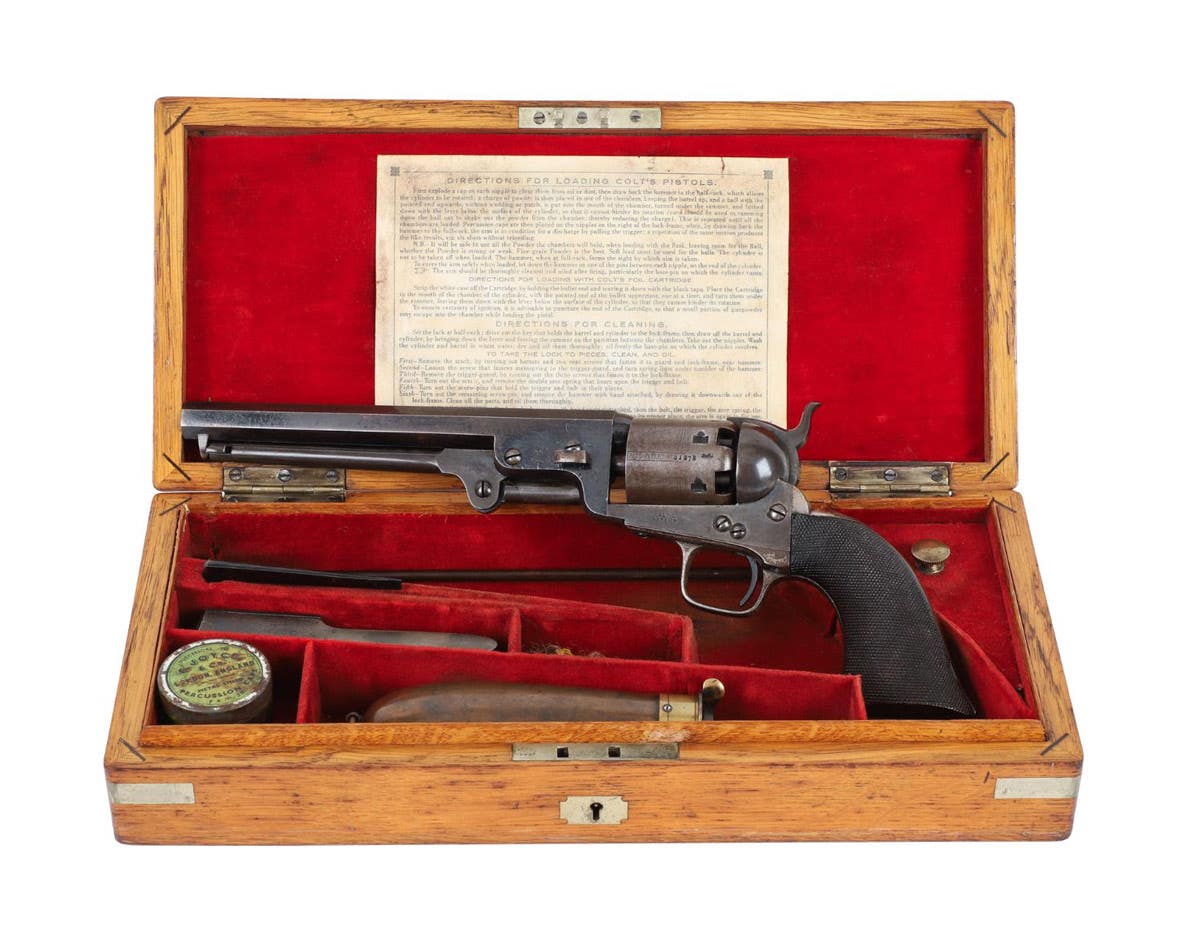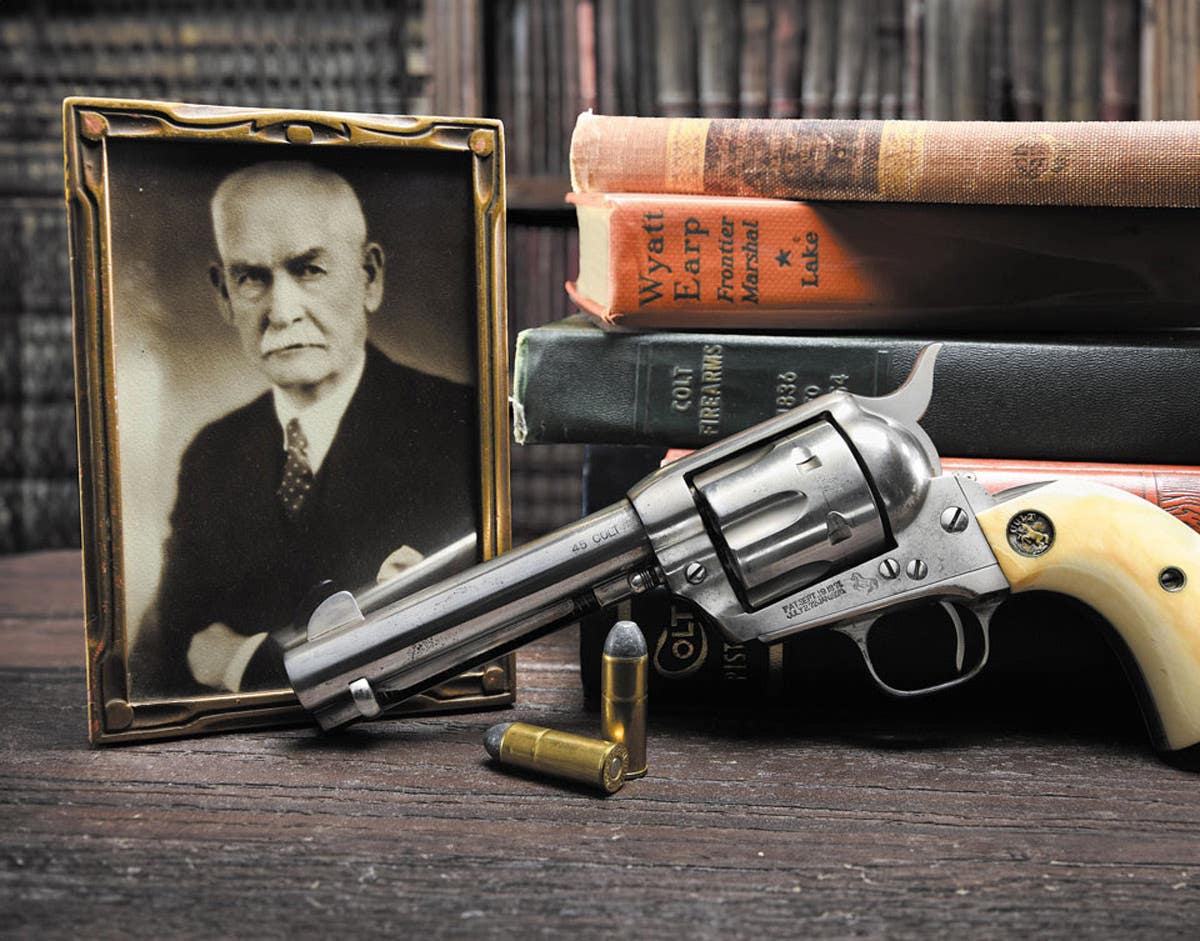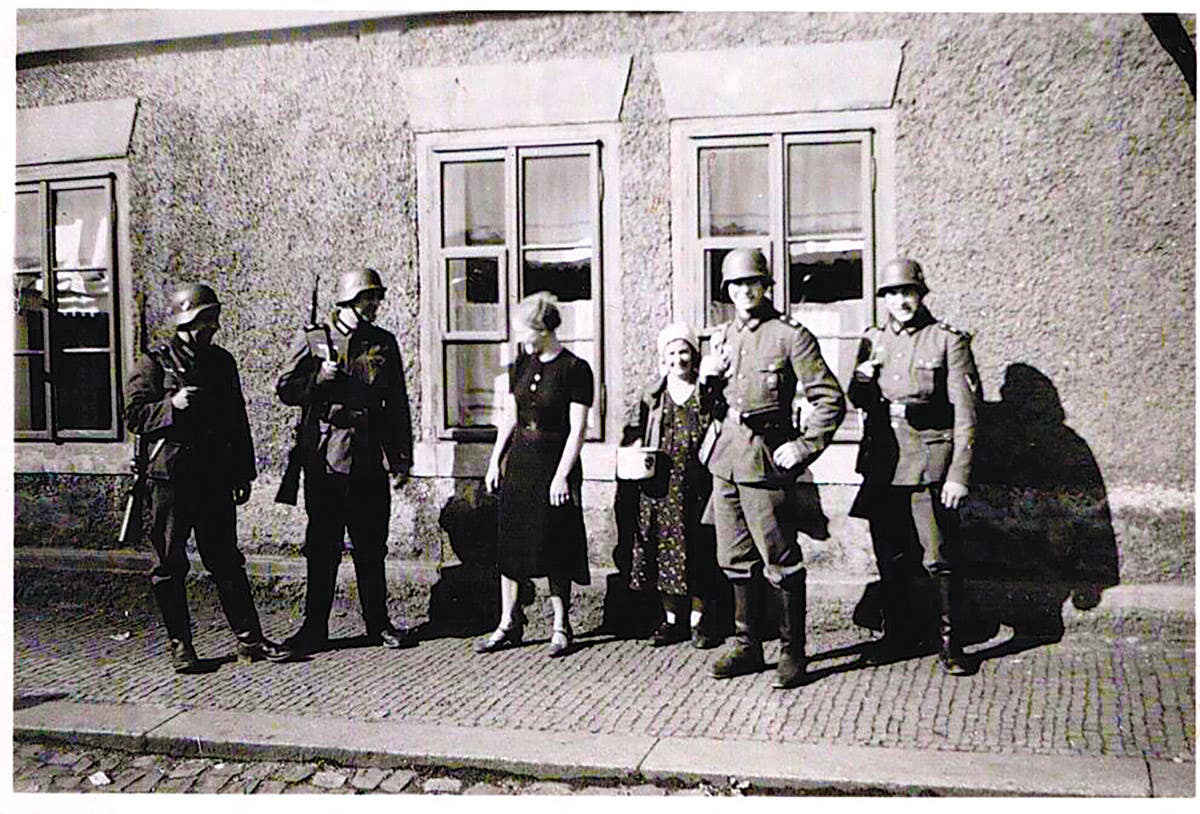Fourteen Hottest Military Collectible Trends
Photo courtesy of www.advanceguardmilitaria.comGreetings, Trends in the military hobby are not always difficult to predict: Items that soldiers were eager to find as souvenirs have become the hot collectibles today….
Photo courtesy of www.advanceguardmilitaria.comGreetings,
Trends in the military hobby are not always difficult to predict: Items that soldiers were eager to find as souvenirs have become the hot collectibles today. For example, German Luger pistols and Japanese “Samurai” swords were probably the most popular souvenir during WWII and today, these remain some of the most sought-after pieces. As prices on the more obvious relics sky-rocketed, other more obscure areas of specialization have emerged. Some of the hottest trends include:
Purple Hearts
First instituted by George Washington, the United States revived the “Purple Heart” in 1932 to honor soldiers who sustained injuries in combat. Soldiers who had sustained wounds prior to that date could apply for and receive one of the new medals. Collectors clamor for Purple Hearts that are attributed to World War I, Spanish-American War or even Civil War veterans. Purple Hearts with the name of the recipient engraved on the back command the highest prices.
WWI “Groupings”
Once considered by collectors as plentiful and not worth the space they occupy in a closet, U.S. World War I uniforms have increased in value ten-fold in the last twenty years. The highest prices are paid for uniforms with unit insignia on the left sleeve and additional materials (such as photo albums, paperwork, mess gear, helmet or accouterments) that originally belonged to the soldier. Dog tags that confirm the soldier’s identification really help to confirm top-dollar value.
WWII Women’s Uniforms
Overlooked for years, the military contribution made by women to the Allied efforts in World War II have caught the imagination of scholars and collectors. In addition to uniforms of Commonwealth auxiliary formations, uniforms and groupings of the Women’s Army Auxiliary Corps (WAAC and later, WAC), Women’s Auxiliary Ferrying Squadron (WAFS), Women’s Accepted for Volunteer Emergency Service (WAVES), Women’s Airforce Service Pilots (WASPs) and U.S. Coast Guard Women’s Reserve (SPARs) have become the target of advanced collectors.
Trench Art
Hammered out by bored soldiers and erstwhile suppliers of the immediate postwar souvenir market, trench art has suddenly gained a place in both the folk art and militaria arena. Pieces that include any sort of unit insignia or identification command the highest prices among military collectors. Folk art collectors pay the most for intricate designs.
Vietnam “in country” items
Relics of the Vietnam War are gaining attention. Most sought-after are uniforms and insignia that were worn and/or created “in country” as opposed to “as issued in the U.S.” However, these non-regulation items are also the easiest to fake, so novice collectors should take great care before buying in this area.
WWII U.S. Paratrooper material
Uniforms and equipment of any elite formation always command the most interest and highest prices. However, HBO’s Band of Brothers mini-series chronicling the history of a company of 101st Airborne troopers catapulted the demand for paratrooper uniforms, helmets, insignia and ephemera. Items with a clear provenance to a specific paratrooper garner the highest prices.
Identified Medal Groupings
Medal collectors clamor for any medal grouping that can be linked to a specific soldier, regardless of nationality. Original boxes or cases in which the medals were issued and supporting award documents drive medals to their strongest values.
Personal correspondence/Diaries
Diaries and letters provide intimate views of a soldier’s experience. Once regarded as fodder for historians, letter groupings and diaries have fast become one of the hottest growth areas among military collectors. Quality of content is what drives the prices: Battle descriptions and lengthy writing on daily activities are far more desirable than simply comments like “marched 15 miles today—weather fine.”
German WWI “Spiked” Helmets
Photo courtesy of www.advanceguardmilitaria.com
Probably the most recognized symbol of German aggression during World War I was the Pickelhaube—the “spiked helmet.” Already fallen from use by the time U.S troops entered the war in 1917, spiked helmets were, nevertheless, the most sought-after souvenir to send back home. Doughboys, Marines and sailors all wanted one, but had no idea of the variety of helmets the German states had produced. For years, collectors have recognized the value of variations in German spiked helmets. Several good references are available. With the advent of the 90th anniversary of the Armistice ending WWI, spiked helmets have resurged in popularity.
U.S. WWI and WWII painted Helmets
During WWI, steel helmets were issued without any sort of insignia. However, soldiers with too much time—and a little bit of paint—created their decoration, often copying the camouflage patterns they saw on German steel helmets. By World War II, helmets were still issued without insignia, however many units specified painting instructions that the troops followed. Painted helmets from either war are prime collectibles but again, exercise caution—the prices these helmets fetch provide incentive to unscrupulous modern-day painters.
German WWII Daggers and Swords
During the 1930s, Americans who watched newsreels of Germany’s rise to power identified a few key symbols of the German war machine: Their distinctive helmets, jackboots and a preponderance of daggers and swords. After American soldiers landed in Europe, these items became some of the most sought-after trophies. Collectors then, and today, embraced the variety of daggers and swords, quickly identifying rarity and relative value. A resurgence in dagger and swords has occurred as many veterans pass away, leaving their war souvenirs for a new generation to enjoy.
German Lugers
Firearms have always been popular trophy choices. American soldiers first discovered—and fell in love with—the smooth-operating, sleekly-designed Luger pistols during World War I. The design continued through the Second World War and the popularity among souvenir hunters never waned. Like so much of Germany’s military materiel, Lugers were made in a seemingly endless array of variations by a number of factories. There are several fine references that the collector can consult to determine value, including Aaron Davis’ Standard Catalog of Luger: Indentification & Pricing for all Models, Every Variation (KP Books, 2006).
Civil War Images
Photography was merely 21 years old when South Carolina secessionists bombarded the Federal installation at Fort Sumter, effectively beginning the four-year American Civil War. Daguerreoypes, the first form of photography had already fallen from favor and the much easier-to-view tintypes, ambrotypes and paper carte de visites dominated popular culture. Americans flocked to studios to have their “likenesses captured.” When the Civil War erupted, soldiers continued the trend, flooding studios so that loved ones could retain an image of them while gone to war. Today, these photographs stand as witnesses to the individuals who sacrificed. Collectors pay the highest prices for photographs of identified soldiers, soldiers holding weapons and of soldiers wearing unusual uniforms. Premiums are paid for images of identified Confederates.
“Custeriana”
George Armstrong Custer attained such a level of celebrity during and after his life, that the hobby has provided its own label to memorabilia related to the general: “Custeriana.” A daring—and often outspoken—officer during the Civil War, Custer cemented his own place in history and collecting lore when he attacked a superior force of native Americans at the Battle of Little Big Horn in 1876. Ever since the first reports of the battle hit the newspapers a few weeks later, collectors began clamoring for relics of Custer, the battle and the soldiers who served with him.
What trends have you been seeing? Drop by our new Reader Forum and leave your comments.
Keep finding the good stuff,
John Adams-Graf
Editor, Military Trader and Military Vehicles Magazine
John Adams-Graf ("JAG" to most) is the editor of Military Trader and Military Vehicles Magazine. He has been a military collector for his entire life. The son of a WWII veteran, his writings carry many lessons from the Greatest Generation. JAG has authored several books, including multiple editions of Warman's WWII Collectibles, Civil War Collectibles, and the Standard Catalog of Civil War Firearms. He is a passionate shooter, wood-splitter, kayaker, and WWI AEF Tank Corps collector.








